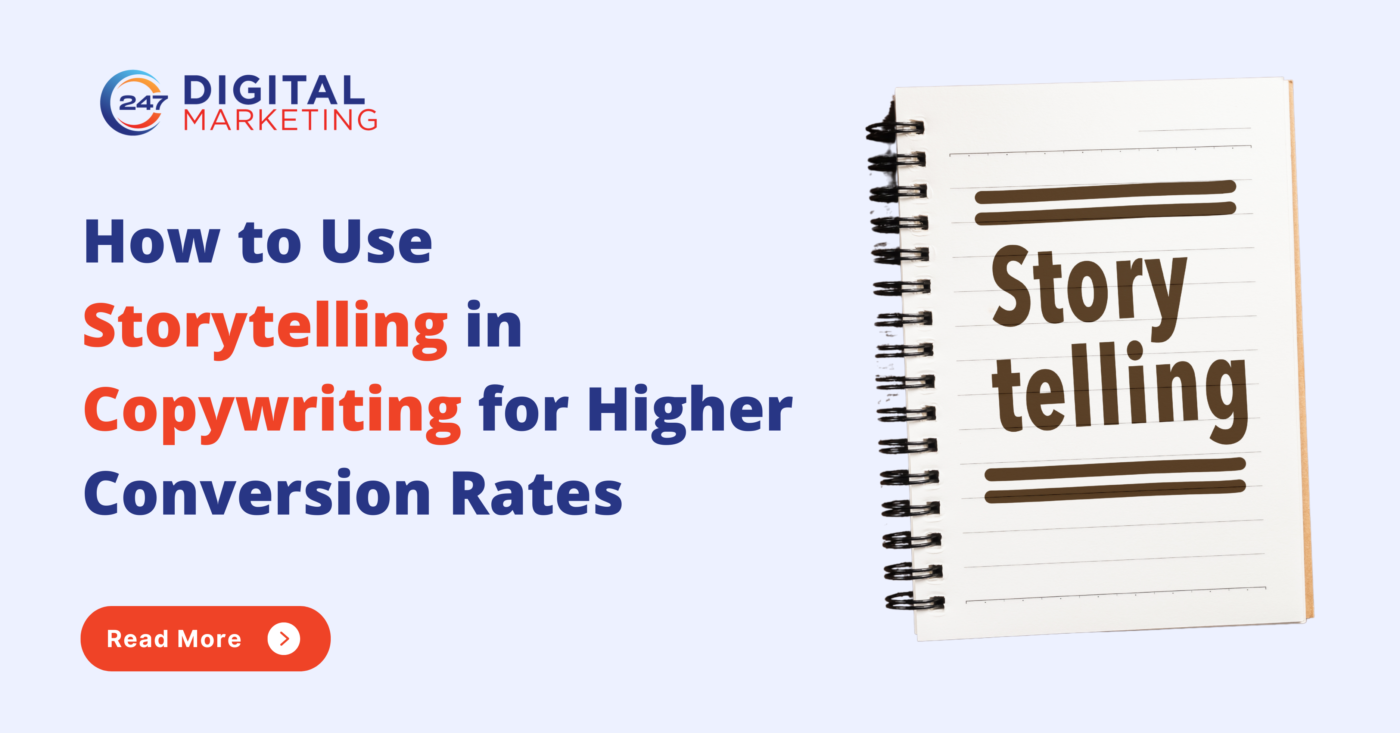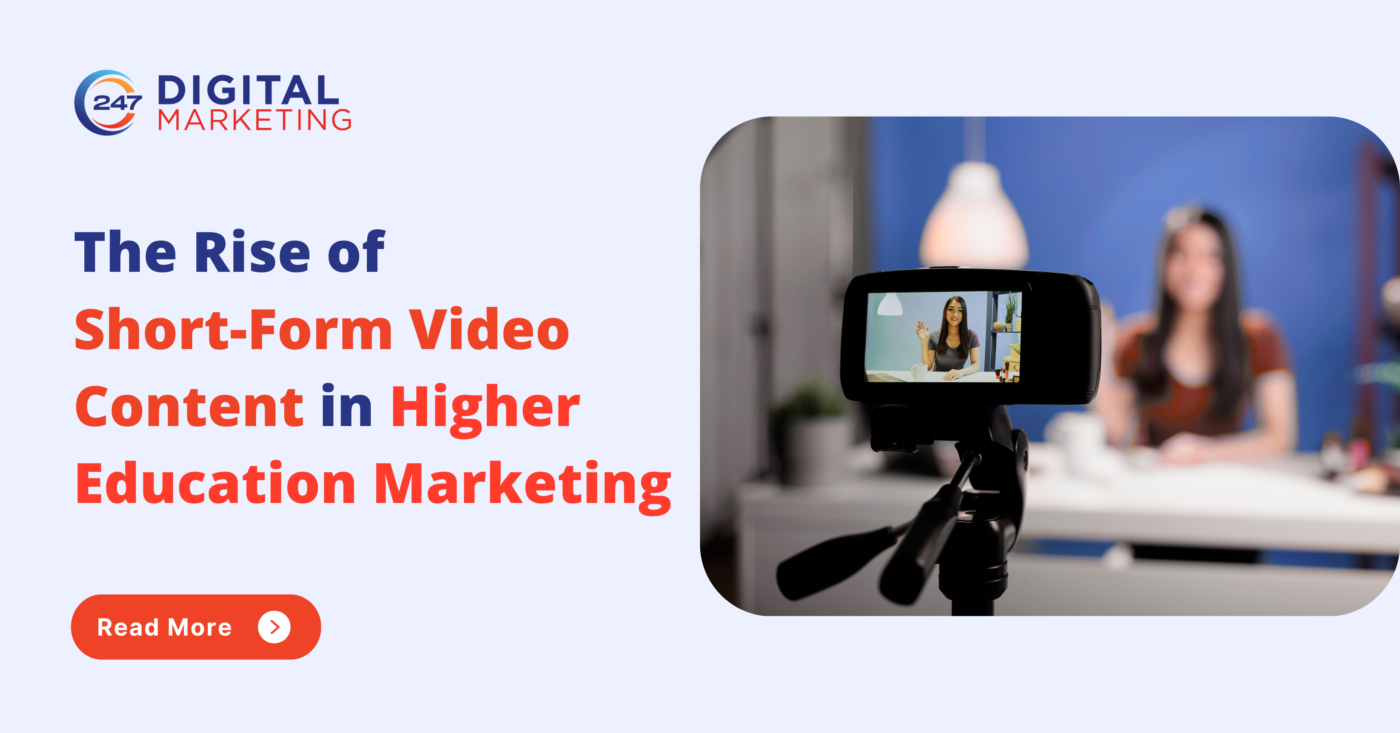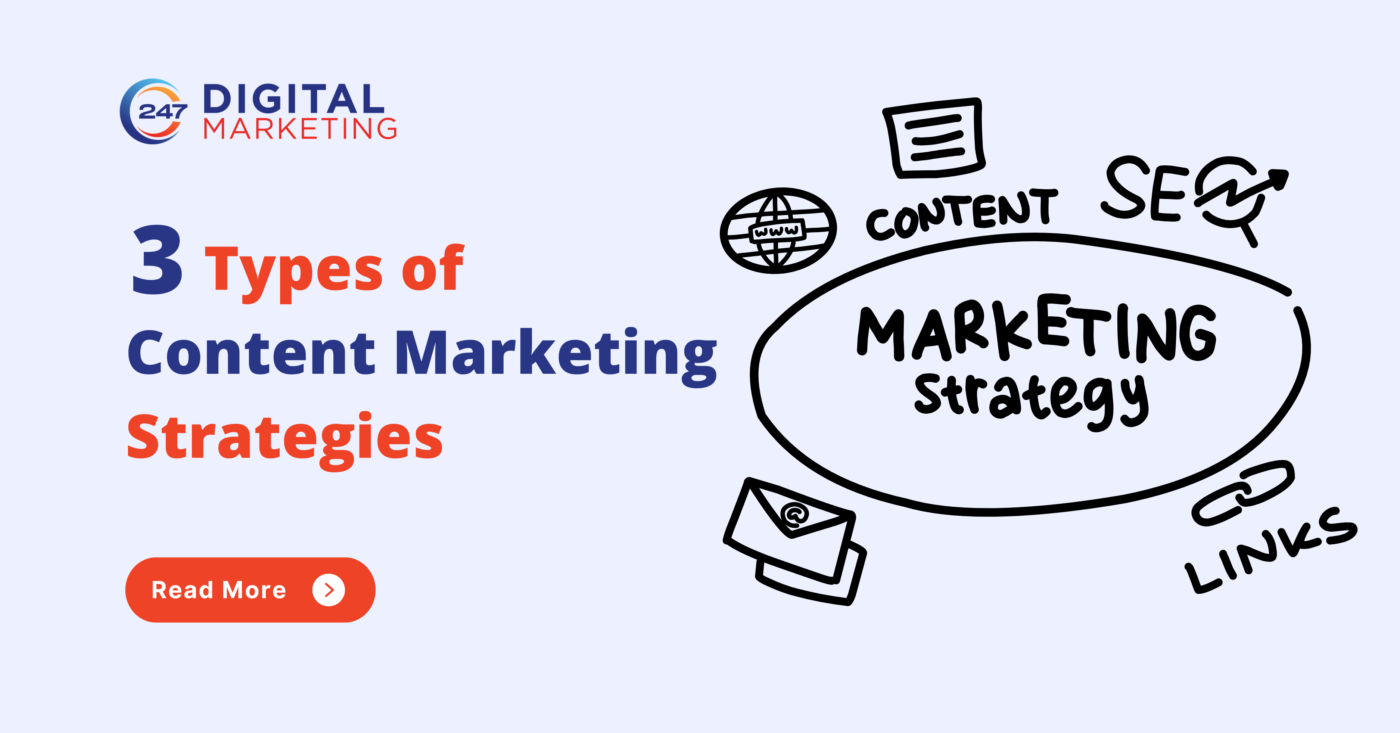How to Use Storytelling in Copywriting for Higher Conversion Rates

Introduction:
In the world of digital marketing, copywriting is a powerful tool that can make or break your marketing efforts. Crafting compelling copy that engages your audience and drives conversions is essential for sucess. One of the most effective techniques in modern copywriting is storytelling. By weaving narratives into your copy, you can create a deep emotional connection with your readers, making them more likely to take the desired action. In this article, we’ll explore how to use storytelling in copywriting to achieve higher conversion rates.
Know Your Audience:
Before you can start crafting a compelling story, you need to understand your target audience. What are their pain points, desires, and motivations? Conduct thorough market research and create buyer personas to gain insights into your audience’s preferences. Tailoring your story to resonate with your specific audience will make it more effective in driving conversions.
Publish a Captivating Hook First:
Your text should begin with an attention-grabbing hook, just like any excellent story does, to draw the reader in. This might be an understandable issue, a compelling query, or a provocative remark. The objective is to pique readers’ curiosity so they want to read more.
Make Your Protagonist Relatable:
The character who is facing the issue or difficulty your good or service addresses serves as the protagonist in your copy, not necessarily a specific person. Make your audience identify with this character by emphasizing shared challenges or objectives. Readers become emotionally involved in the story when they can relate to the protagonist.
Present the Conflict:
Every good story has conflict. In copywriting, this is where you introduce the problem that your product or service solves. Clearly articulate the challenges your audience faces, emphasizing the pain points. The more emotionally connected your audience feels to the problem, the more compelled they’ll be to find a solution.
Introduce Your Solution:
This is the turning point in your copy where you introduce your product or service as the solution to the problem. Highlight the unique benefits and features that set your offering apart from the competition. Be sure to emphasize how it can alleviate the pain points introduced earlier.
Use Social Proof:
Incorporating social proof into your storytelling can significantly boost credibility and conversion rates. Share customer testimonials, case studies, or success stories that demonstrate how your product or service has helped others in similar situations. Real-life examples provide tangible evidence of your product’s effectiveness.
Create a Call to Action (CTA):
Now that you’ve engaged your audience with a compelling story, it’s time to guide them towards conversion. Craft a persuasive call to action that directly relates to the story you’ve told. Whether it’s encouraging them to make a purchase, sign up for a newsletter, or schedule a consultation, make it clear, concise, and action-oriented.
End with a Resolution:
Just as every story has a resolution, your copy should provide closure. Reiterate the benefits of your product or service and emphasize how it will positively impact the protagonist’s life. Leave the reader with a sense of satisfaction and anticipation for what comes next.
Edit and Polish:
Effective storytelling in copywriting also requires meticulous editing. Ensure your copy is clear, concise, and free from grammatical errors. A well-polished narrative is more likely to hold the reader’s attention and inspire trust.
Test and Optimize:
After implementing storytelling in your copywriting, track the performance of your content. Use A/B testing to refine your approach and determine which stories and narratives resonate best with your audience. Continuously optimize your copy to maximize conversion rates.
Conclusion:
Storytelling in copywriting is a potent strategy for capturing your audience’s attention, building emotional connections, and driving higher conversion rates. By understanding your audience, crafting compelling narratives, and presenting your product or service as the hero of the story, you can create copy that not only engages but also converts. Don’t underestimate the power of storytelling in your copywriting—it can be the key to unlocking the full potential of your marketing efforts.
Mitesh Patel is the co-founder of 247 Digital Marketing, LawFirm Marketing and a columnist. He helps companies like Emerson and other top Fortune 500 compnies to grow their revenue.



